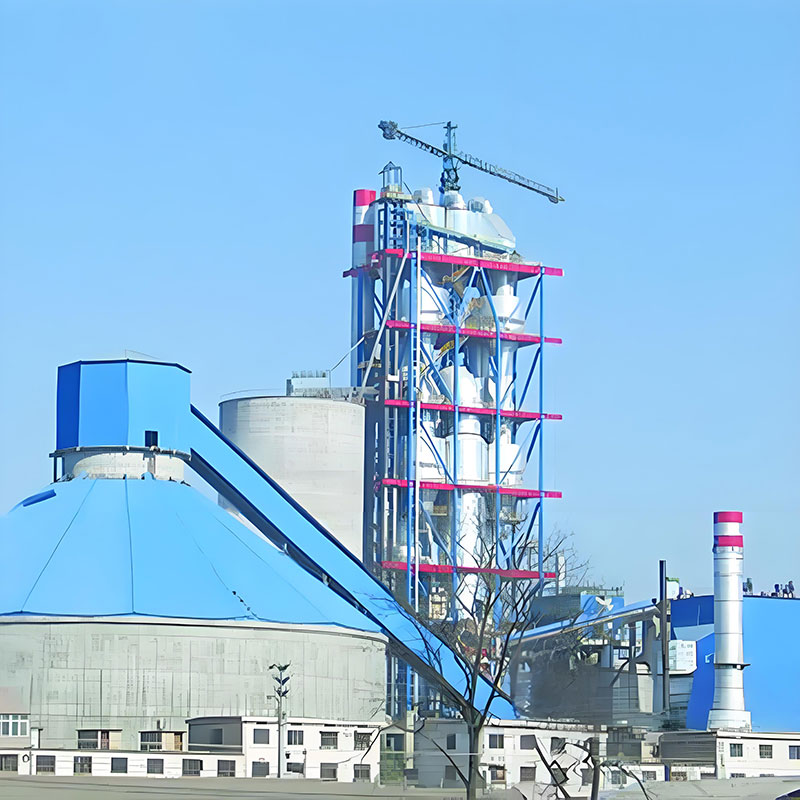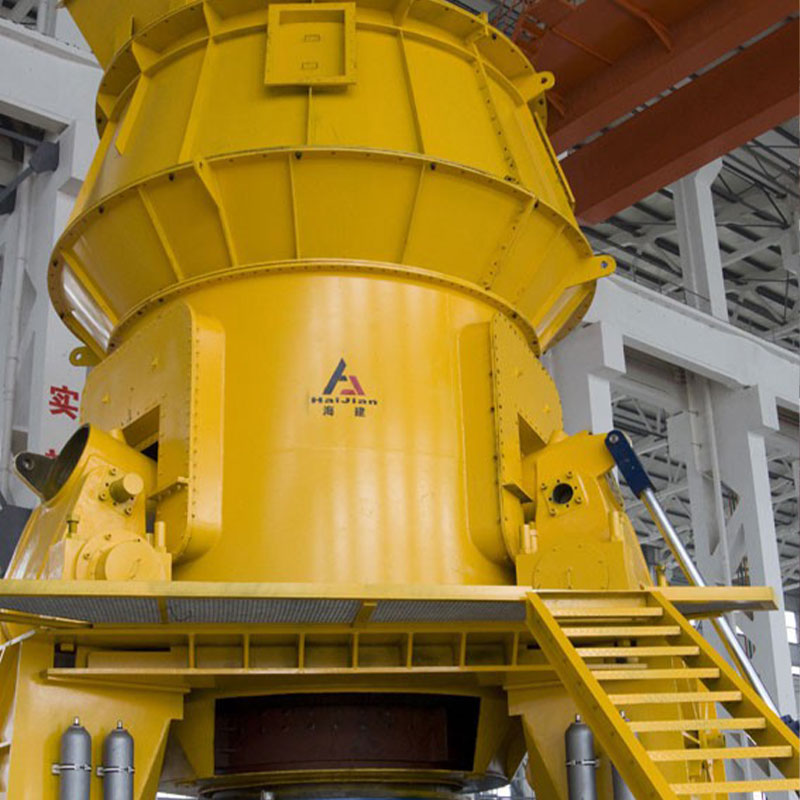What is the function of active lime production line?
The main function of the activated lime production line is to convert natural limestone (main component CaCO₃) into activated lime (also called quicklime, main component CaO) with high chemical reaction activity through high-temperature calcination process. This process transforms it from an ordinary stone into an industrial raw material with multiple key uses.
1. The function of active lime production line
The role of the activated lime production line is mainly reflected in the excellent performance of the product it provides for downstream industries - activated lime. Activated lime has the characteristics of high purity, high chemical purity, small crystal size and strong reactivity. These characteristics make it play an irreplaceable role in the following fields:
Steel industry
This is the largest and most core application field of activated lime.
Steelmaking: In converter or electric furnace steelmaking, active lime is the core of the slagging agent.
Function: It reacts with harmful impurities such as silicon, phosphorus, and sulfur in the molten steel to form slag floating on the surface of the molten steel.
Results: The active lime production line can effectively remove phosphorus and sulfur, purify molten steel, and greatly improve the purity, strength and toughness of steel. Without high-quality activated lime, high-quality steel cannot be produced.
Environmental protection field
Active lime is a key medium for flue gas desulfurization and sewage treatment.
Flue gas desulfurization: At the tail end of coal-fired facilities such as power plants and steel plants, activated limestone-gypsum wet desulfurization is used.
Function: Activated lime and water make a slurry, which chemically reacts with sulfur dioxide (SO₂) in the flue gas to form gypsum.
Results: Efficiently remove sulfur dioxide, reduce acid rain, and meet strict environmental emission standards.
Wastewater treatment
Function: Adjust the pH value of sewage, precipitate heavy metal ions, and kill pathogenic bacteria.
Results: Sewage purification is achieved and widely used in industrial wastewater and urban domestic sewage treatment.
chemical industry
Activated lime is the basic raw material for many chemical products.
Calcium carbide: Active lime reacts with coke in a calcium carbide furnace to form calcium carbide (CaC₂), which is the source of important chemical products such as acetylene gas and PVC plastics.
Soda ash: In the ammonia-alkali process, activated lime is used to recover ammonia and is a key link in the production of soda ash (sodium carbonate).
Bleaching powder, calcium carbonate, etc.: are also deeply processed from active lime.
Other industrial areas
Non-ferrous metal smelting: used as slag-forming agent and purifying agent in the smelting of aluminum, magnesium and copper.
Sugar industry: used to clarify sugar juice and remove impurities.
Paper industry: used for digestion treatment of paper pulp.
2. The value of active lime production line
In addition to the role of its products, the activated lime production line itself also brings great value:
Scale and stable supply: It can continuously and stably provide large amounts of high-quality active lime to the above-mentioned large-scale industries to ensure their continuous production.
Controllable quality: By controlling parameters such as calcination temperature and time, products with different activity levels and particle sizes can be accurately produced to meet the individual needs of customers.
Energy saving and environmental protection: Modern production lines (such as rotary kilns, double-chamber vertical kilns) generally adopt high-efficiency energy-saving technologies and environmental protection facilities. Compared with earth kilns, they can significantly reduce energy consumption, dust and exhaust gas emissions.
News Category
Recommended Products
It is focused on the overall solution of dry bulk material port transfer system,
research and development, manufacturing, and service
- Product Category
- >Cement production line
- >Environment protection
- >Metallurgical and mining equipment
- >Pressure Vessel
- Quick Links
- >Products
- >Company
- >Equipments
- >Solutions
- >Services
- >News
- >Contact
- Contact us
-
-
 Call us for support+86 13584702563
Call us for support+86 13584702563 -
 Call us for supporthaijian@haijianstock.com
Call us for supporthaijian@haijianstock.com -
 No. 198, Shuanglou Road, Qutang Town, Haian County, Jiangsu Province
No. 198, Shuanglou Road, Qutang Town, Haian County, Jiangsu Province
-


 English
English  русский
русский  Español
Español 









